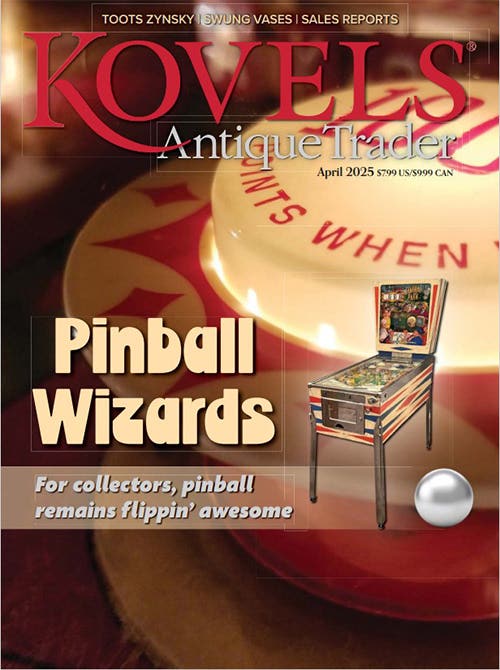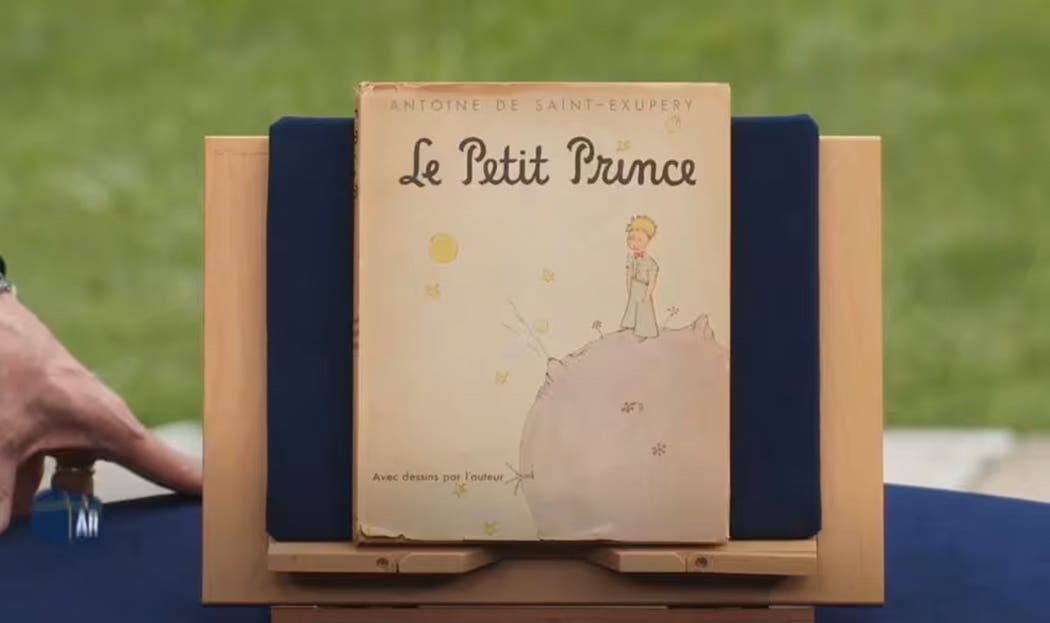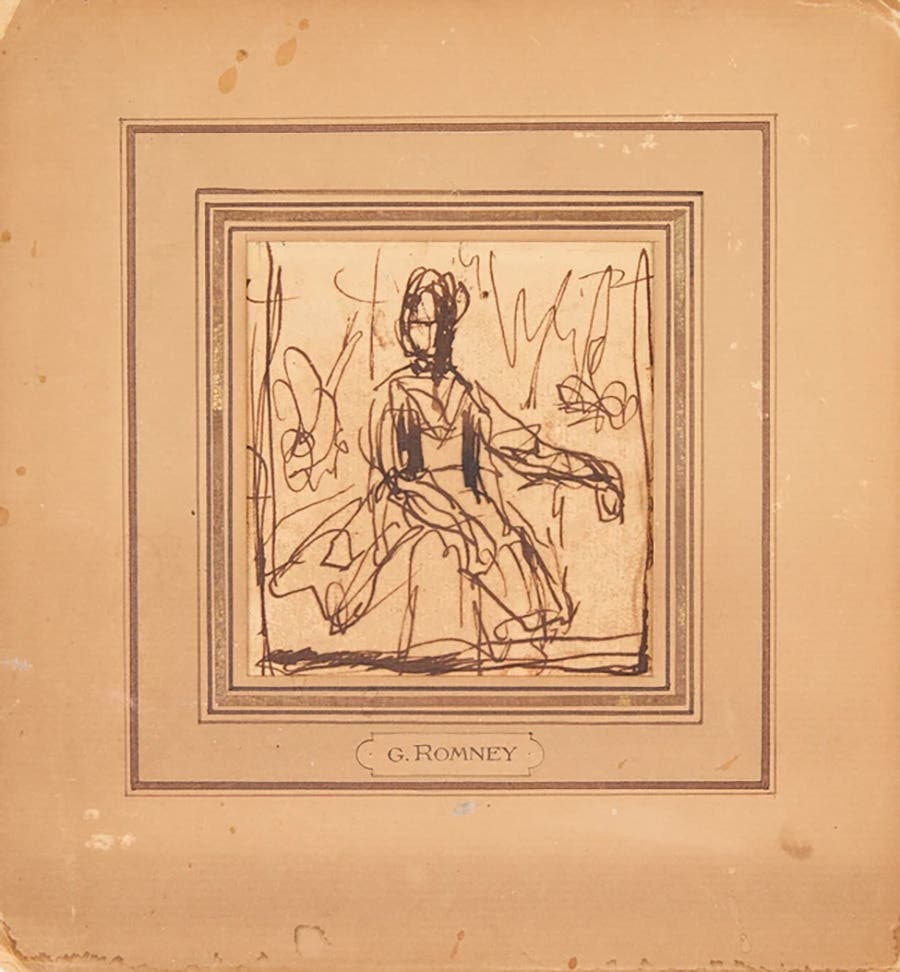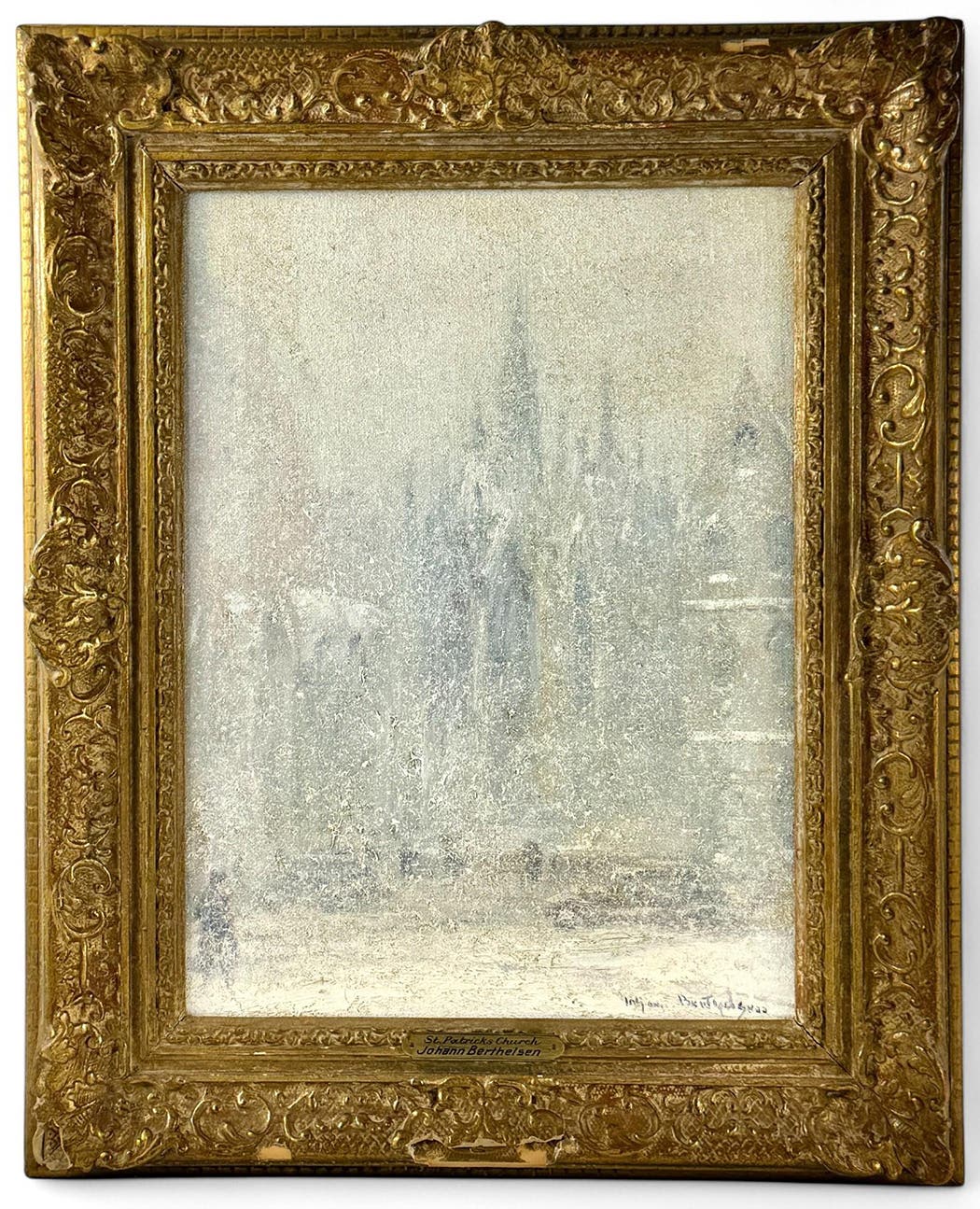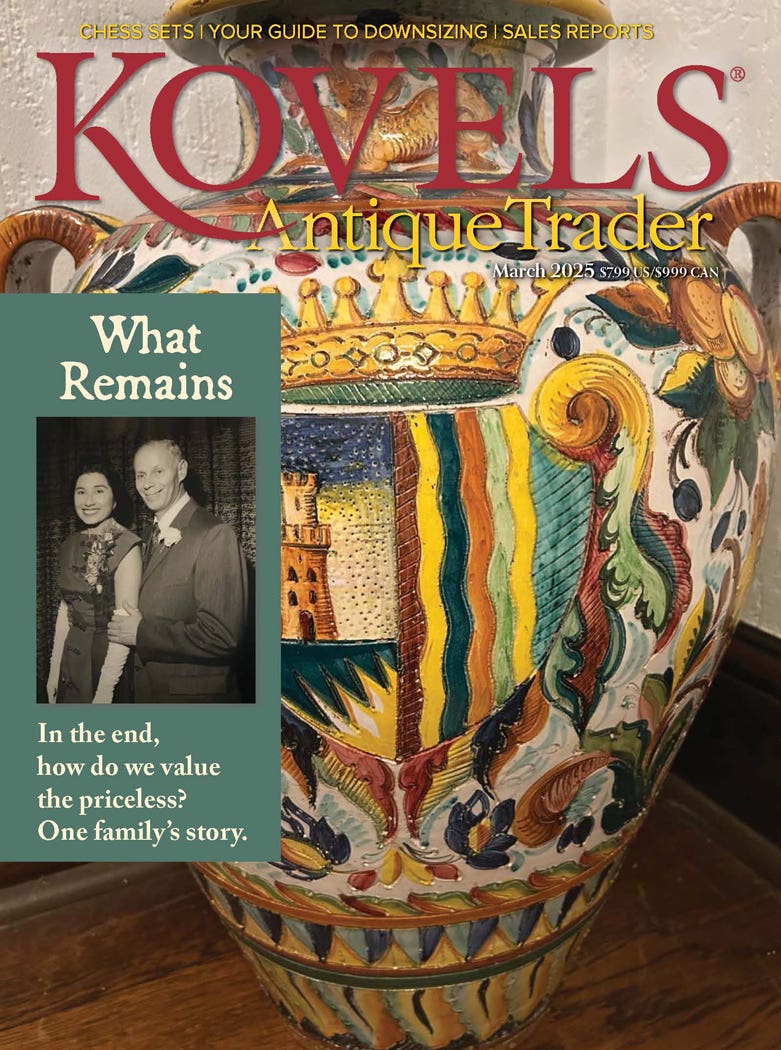Chocolate Gifted by Queen Victoria in 1900 Found in Attic
The 121-year-old chocolate bar given to boost morale during the Second Boer War was tucked inside of a helmet.
Chocolate commissioned by Queen Victoria in 1900 was recently discovered tucked inside of a war helmet in an attic at Oxburgh Hall in Norfolk, England.
The 121-year-old chocolate bar, still in its original wrapper and tin, was in the helmet belonging to the 8th Baronet, Sir Henry Edward Paston-Bedingfeld, who fought in the Second Boer War (1899-1902). It was found last week by National Trust conservators, who had been cataloging the belongings of his daughter, Frances Greathead, who died last year at age 100.
"Although it no longer looks appetizing and is well past its use-by date … it is still complete and a remarkable find,” said Anna Forrest, National Trust's cultural heritage curator. "We can only assume the 8th Baronet kept the chocolate with the helmet as a memento of his time in the Boer War."
According to the National Trust, the chocolate was part of a batch Queen Victoria had gifted to British troops in South Africa in 1900 to boost morale. It was intended that every soldier and officer would receive a box with the inscription, "South Africa 1900" and "I wish you a happy New Year" in the Queen's handwriting. The Second Boer War was fought between the British Empire and two independent Boer states, which were vying for control of South Africa.
Queen Victoria commissioned the country's three principal chocolate manufacturers, Cadbury, Fry and Rowntree, to undertake the order. As pacifist Quakers that opposed the war, all three manufacturers refused to accept payment for the order and originally donated the chocolate in unbranded tins. However, the Queen insisted that the troops know they were getting British chocolate and so the firms ended up marking some bars, but the tins themselves were never branded. It’s unclear which of the three manufacturers made the chocolate discovered at Oxburgh, said the National Trust.
More than 100,000 tins were produced, each containing a half-pound of plain chocolate. Being it was a gift from the Queen, many soldiers preserved their tins, with some sending them back home for safekeeping. While some tins survive, few can be traced to their original recipient, and fewer still contain the chocolate more than 120 years later.
Forrest said Sir Henry had been a major in the militia of the King's Liverpool Regiment and had been in South Africa when his father died in 1902.
"We believe that's when he returned home to Oxburgh, with the chocolate, his helmet and a new title," she said.
The National Trust has wrapped the chocolate in acid-free tissue and stored it in a space with a stable temperature and humidity. It and the helmet will be on display in the future.

